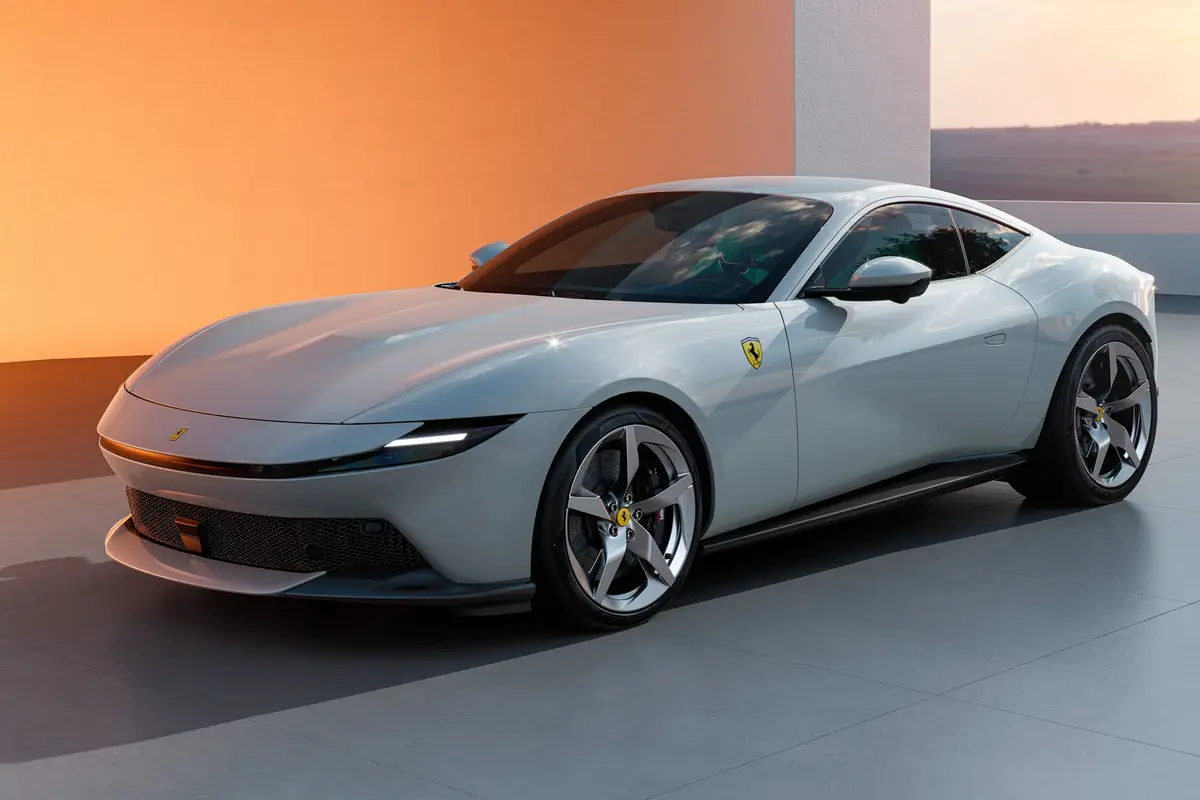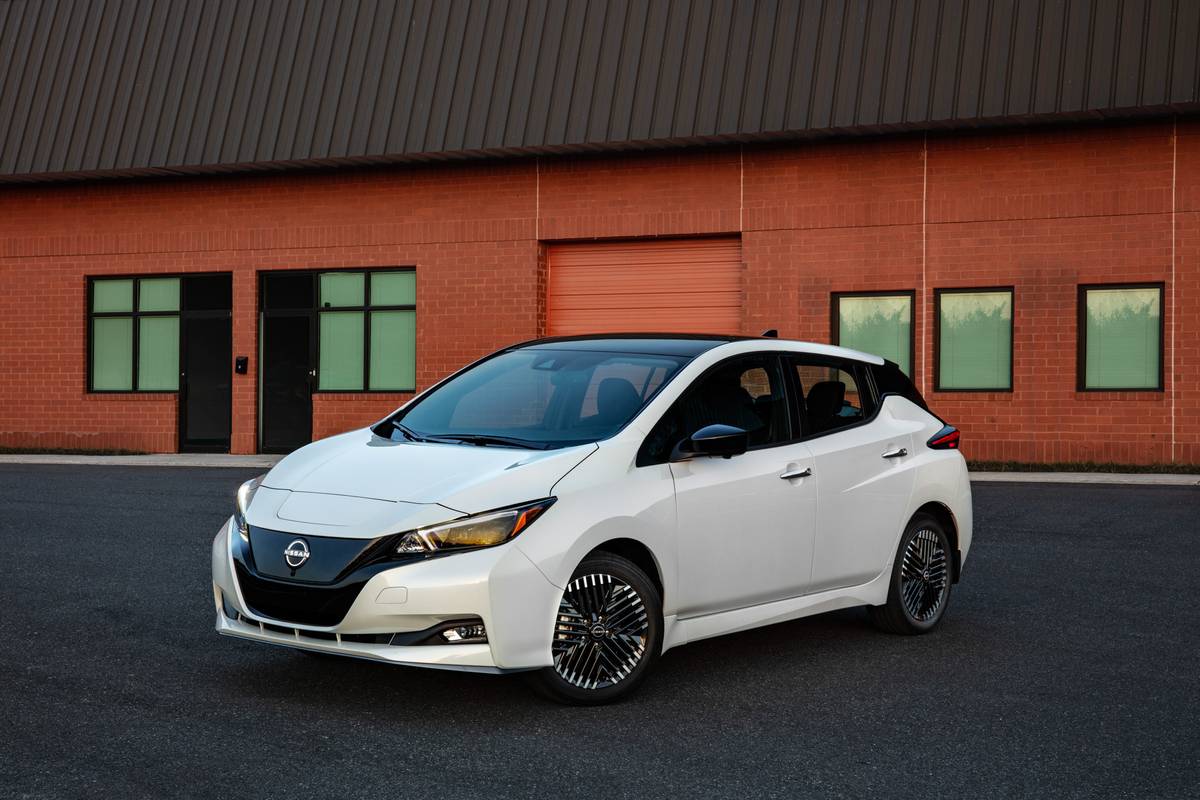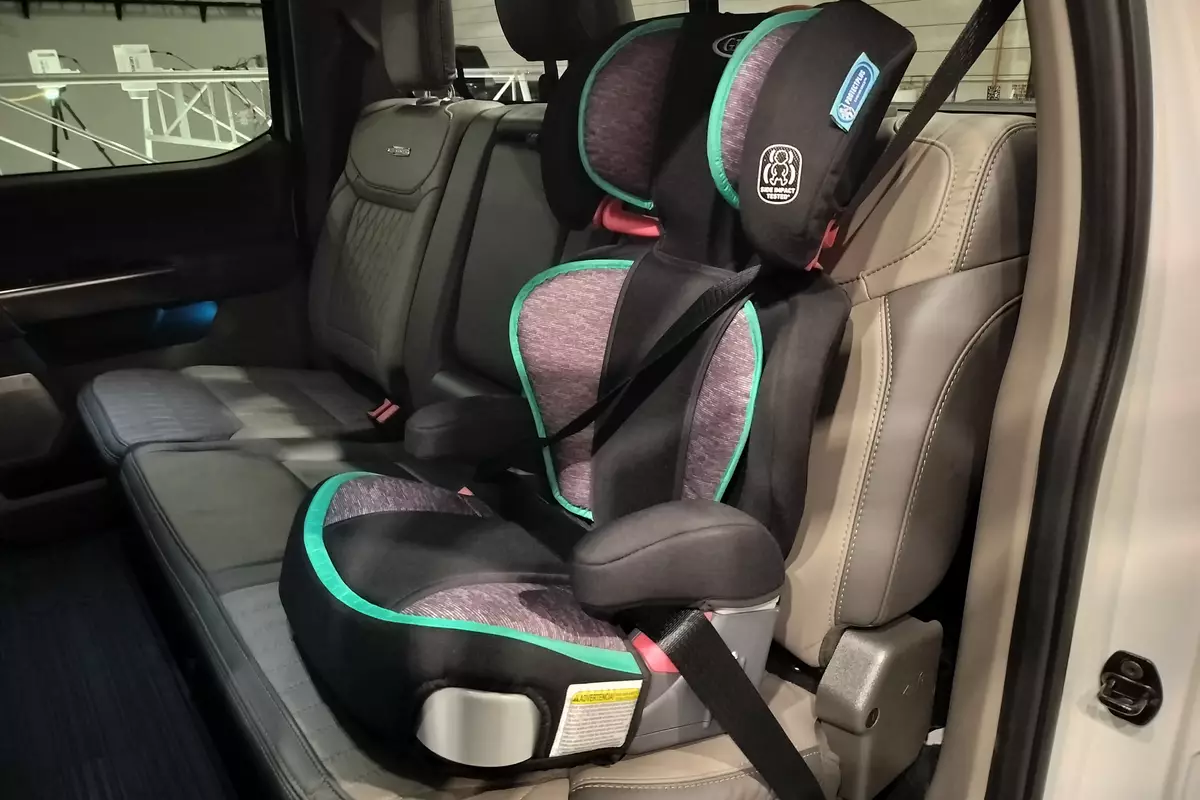washingtonpost.com's view
This is no place for wimps. The speed limits run from 55 mph to 70 mph. But everyone drives 80 mph and higher, including me.
I’m no scofflaw. But going slower than the actual median speed on this road is an invitation to the coroner’s office. I’d rather go to court.
It’s nerve-racking civil disobedience, particularly in the car I’m driving, the 1999 Pontiac Sunfire SE coupe.
I got it from National Car Rental at Detroit-Wayne County Metropolitan Airport. The car is generally in good shape, with a bit more than 2,300 miles on the odometer. But it’s wheezing in high-speed traffic, struggling to breathe.
In fairness, this is not the best of the Sunfires, the structural and mechanical twins of Chevrolet’s Cavalier models. It’s a basic four-banger, 115-horsepower, equipped with a three-speed automatic transmission. Top Sunfires, such as the GT coupe, come with a 150-horsepower, 16-valve four-cylinder engine mated to a five-speed manual transmission. Those cars can run!
But the Sunfire SE? I’m in the right lane, seeking shelter from the four-wheeled missiles whooshing past me. But whoever designed the entrance ramps to the Detroit region’s share of I-75 must have flunked highway safety. The ramps are crash traps–short and sharply angled into oncoming right-lane traffic. Collisions and near misses in those areas are commonplace.
Perhaps, the center lane. . . . Whoooshhh! Think again. Heavy trucks emerge from the blur of traffic, gobbling up the center, biting at my rear.
I step on the Sunfire SE’s accelerator. There’s nice tension there, a tautness, as if the car is going to respond. But it’s a fake sensation–an engineering trick in which the accelerator pedal was designed with a short travel from idle to wide-open throttle to give the illusion of performance.
The engine isn’t fooled. It wheezes again. The transmission downshifts. I curse mightily. The transmission balks some more. I curse and shove the accelerator. Grudgingly, the Sunfire picks up speed, runs from the trucks and begs for mercy. “I can’t breathe,” it seems to say. “I can’t breathe!”
I’m having none of this. The fear of getting smushed keeps my foot on the accelerator, and the Sunfire, after more whining, starts hauling tail.
Speed is absorbed by congestion close to Detroit, where people are driving 55 mph, albeit in a weaving fashion, often unaccompanied by directional signal lights. The Sunfire can deal with this–close, motorized urban warfare, where nimbleness replaces horsepower as a virtue. The car, a front-driver, is nimble.
But it’s a nag, too. It’s engine rumbles in complaint as we pull into the garage at Detroit’s Renaissance Center. I understand its displeasure but am just happy to be parked.
A late-winter snow is falling. The car will chill out. And with the propsect of frozen, slippery roads comes the likelihood of slower, more reasonable speeds for tomorrow’s run. I walk toward the hotel and bid the Sunfire goodnight.
1999 Pontiac Sunfire SE coupe
Complaints: The base Sunfire is a good commuter that loses composure and comfort when pushed to run for a long haul at superhighway speeds. A car that is a pleasure in the city becomes something of a nightmare on the open road, where far more powerful beasts roam at a frightening pace.
Praise: A good city car, especially for people who are more concerned about fuel economy than they are about performance.
Head-turning quotient: Cute.
Ride, acceleration and handling: Marginal marks in all three categories at superhighway speeds. Good marks in all three categories for city travel. There was some fading in braking on the highway. But the anti-lock brakes–power front discs and rear drums–worked fine at lower urban speeds.
Safety: Standard stuff–dual front air bags and side-impact protection. But it’s a small car, and there’s only so much a small car can do when confronted by something larger.
Capacities: Seats four pe ople comfortably–with comfort referring to available space between bodies. (Seats could use a bit more cushioning for bottoms.) The coupe’s trunk holds 12.4 cubic feet of cargo. The fuel tank holds 15 gallons of regular unleaded.
Tested engine: A 2.2-liter in-line four-cylinder model designed to produce 115 horsepower at 5,000 rpm and 135 pound-feet of torque at 3,600 rpm.
Mileage: About 26 miles per gallon. Estimated 378-mile range on usable volume of fuel.
Price: Base price on the 1999 Pontiac Sunfire SE coupe is $12,745. Dealer’s invoice on the base model is $11,789. Price as tested is $13,255, including a $510 destination charge.
Purse-strings note: Compare with Chevrolet Cavalier, Nissan Sentra, Honda Civic, Hyundai Elantra, Mazda Protege, Dodge/Plymouth Neon, Suzuki Esteem, Ford Escort, Toyota Corolla, Saturn SC1 automatic.
Latest news



